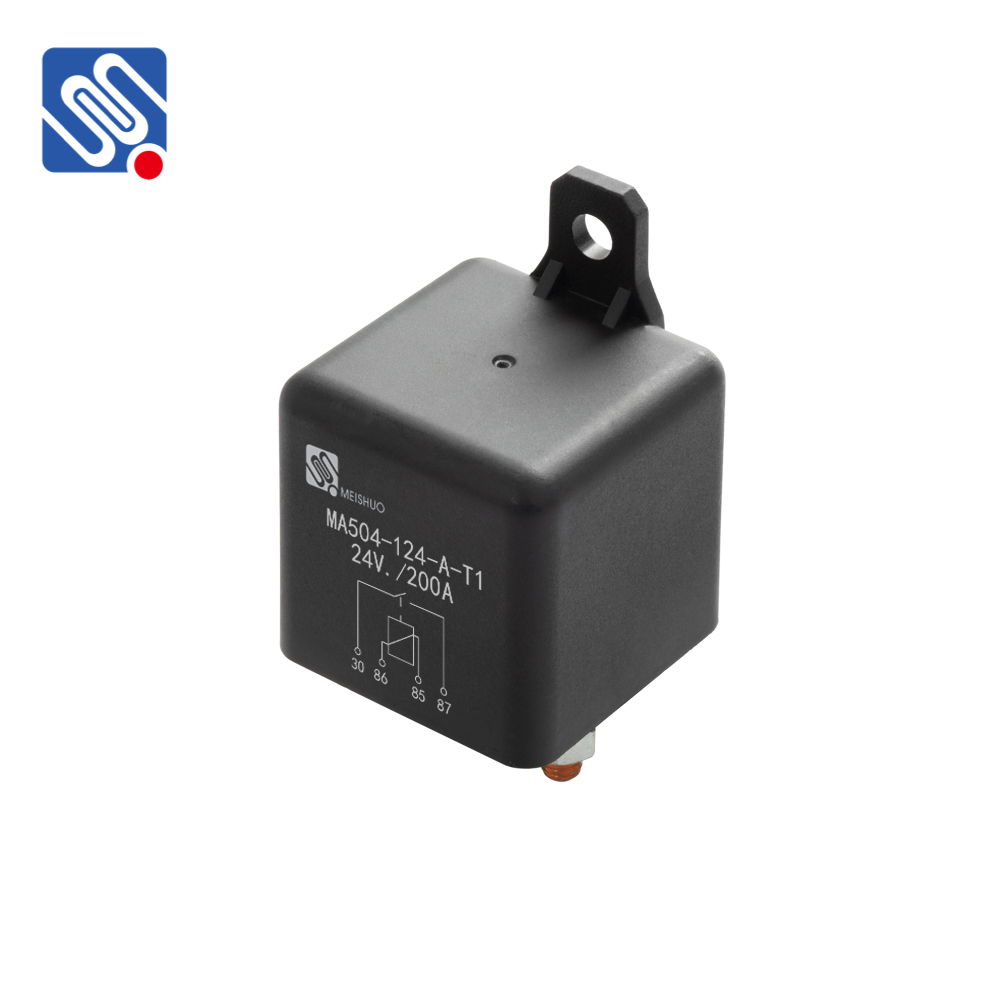Relay installation is a crucial part of setting up electrical systems, providing control over circuits by enabling the switching of electrical devices remotely. Whether for automation, safety systems, or industrial control, the proper installation of relays ensures reliable performance and protection for the entire system. In this article, we will walk you through the essential aspects of relay installation, including its purpose, selection process, installation steps, and troubleshooting tips.

Purpose of Relays in Electrical Systems A relay is an electrically operated switch that allows low-power circuits to control high-power circuits. It typically consists of a coil, which, when energized, activates a set of contacts. These contacts either open or close to allow or interrupt the flow of electricity to other devices. Relays are commonly used in various applications, including automotive, industrial equipment, home automation, and telecommunications. The main benefit of using relays is that they enable a safe and controlled way to switch heavy loads, which would be dangerous to handle manually. Furthermore, relays allow for automation and remote control, which are essential in modern electrical systems.